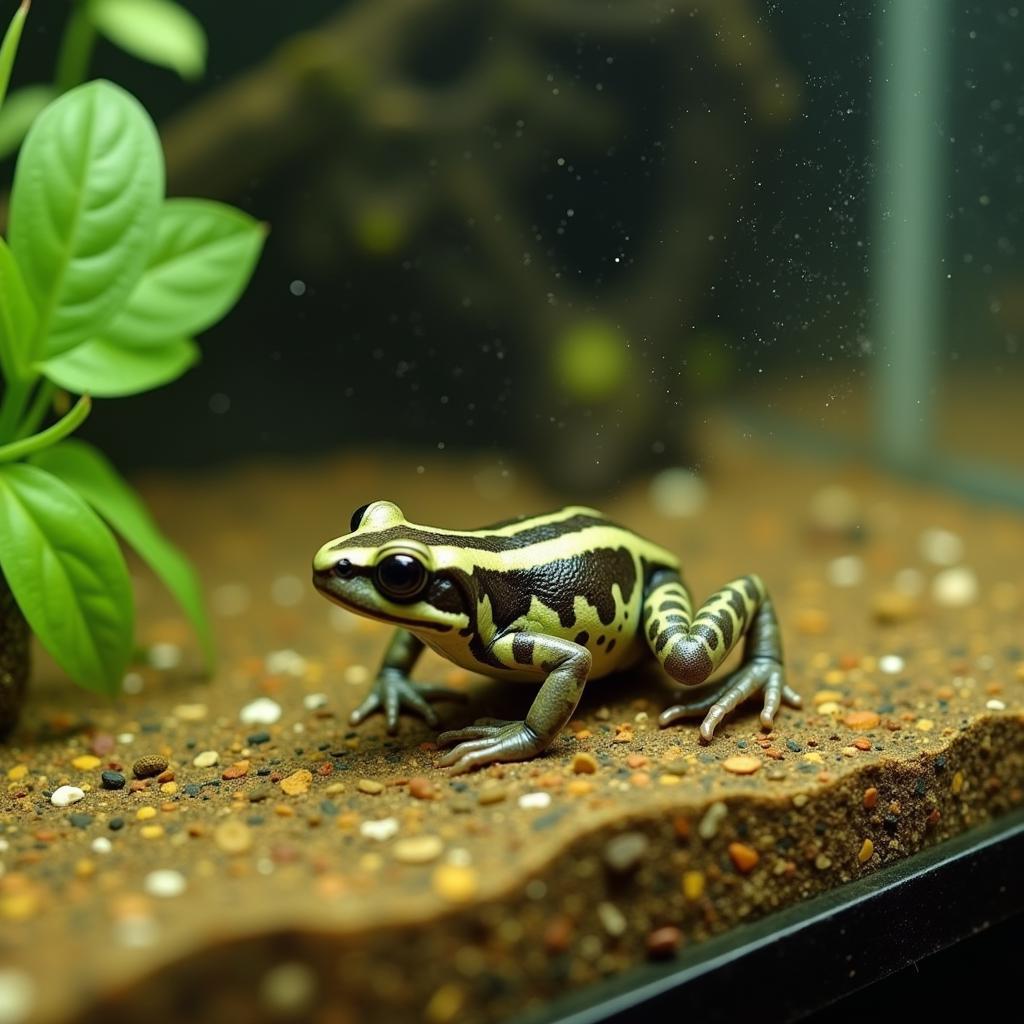African American Natural Hair Growth: A Comprehensive Guide
African American Natural Hair Growth is a journey that requires patience, understanding, and the right approach. From genetics and hair care practices to protective styling and nutrition, various factors influence the health and growth of natural hair. This guide will explore these factors, offering practical tips and insights to help you achieve your hair growth goals.
Understanding the unique characteristics of African American hair is crucial for effective hair care. The tightly coiled structure makes it prone to dryness and breakage, requiring gentle handling and moisturizing techniques. Right after understanding your hair type, you can start incorporating suitable hair care practices. For inspiration on hairstyles for toddlers, check out these adorable 2 year old African American hairstyles.
Factors Affecting African American Natural Hair Growth
Several factors can influence the rate at which your hair grows. Genetics play a significant role, determining your hair’s texture, density, and growth cycle. Hormonal changes, stress levels, and overall health can also impact hair growth. Moreover, certain medical conditions and medications can affect hair health.
The Role of Genetics and Hair Care Practices
Your genetic makeup largely determines your hair’s natural growth rate. While you can’t change your genes, you can optimize your hair care practices to promote healthy growth. This includes using gentle, sulfate-free shampoos, deep conditioning regularly, and minimizing heat styling. Protective styles, like braids and twists, can also help prevent breakage and retain length.
Nutrition and Scalp Health for Optimal Growth
A balanced diet rich in vitamins, minerals, and protein is essential for healthy hair growth. Nutrients like iron, biotin, and vitamin D are particularly important for hair health. Maintaining a healthy scalp is also crucial, as a clean, well-nourished scalp provides the ideal environment for hair follicles to thrive. Avoiding harsh chemicals and incorporating regular scalp massages can stimulate blood flow and promote growth.
For more tips and tricks to unlock your hair’s full potential, discover some African American hair growth secrets.
Protective Styling and its Benefits
Protective styling is a key strategy for retaining length and minimizing breakage. Styles like braids, twists, cornrows, and wigs protect the ends of your hair, which are the most vulnerable to damage. However, it’s important to avoid overly tight styles that can cause traction alopecia. Regularly moisturizing your hair and scalp while wearing protective styles is also crucial for maintaining healthy hair. Check out these stunning African goddess braid styles for inspiration.
Common Mistakes to Avoid
Over-manipulation, excessive heat styling, and using harsh chemical treatments can damage your hair and hinder growth. It’s also important to avoid tight hairstyles that pull on the hair follicles. Neglecting your scalp health and not moisturizing regularly can also lead to dryness, breakage, and stunted growth.
Conclusion
Achieving healthy African American natural hair growth requires a holistic approach that encompasses proper hair care practices, a balanced diet, and protective styling. By understanding the factors that influence hair growth and avoiding common mistakes, you can cultivate a thriving and vibrant mane. Remember, patience and consistency are key to unlocking your hair’s full potential. African American natural hair growth is a journey, not a race, and with the right knowledge and care, you can achieve your hair goals. Thinking about a fun costume for your child? Consider an African fancy dress child outfit.
If you’re considering hair transplant options, you can explore African American hair transplant reviews for insights and experiences.
FAQ
- How often should I wash my natural hair?
- What are the best oils for moisturizing African American hair?
- How can I prevent breakage and split ends?
- What are some effective deep conditioners for natural hair?
- How long should I keep protective styles in?
- What are the signs of traction alopecia?
- How can I promote scalp health?
Situations and Questions
You might be wondering how to handle specific hair challenges like dryness, breakage, or slow growth. You may also have questions about transitioning from relaxed hair to natural hair. Finding the right products and techniques for your specific hair type and concerns can be overwhelming.
Further Exploration
Explore our website for more articles on specific hair care topics, product recommendations, and styling tutorials.
Contact Us
For personalized support and guidance, contact us at Phone: +255768904061, Email: kaka.mag@gmail.com or visit us at Mbarali DC Mawindi, Kangaga, Tanzania. We have a 24/7 customer service team available to assist you.
